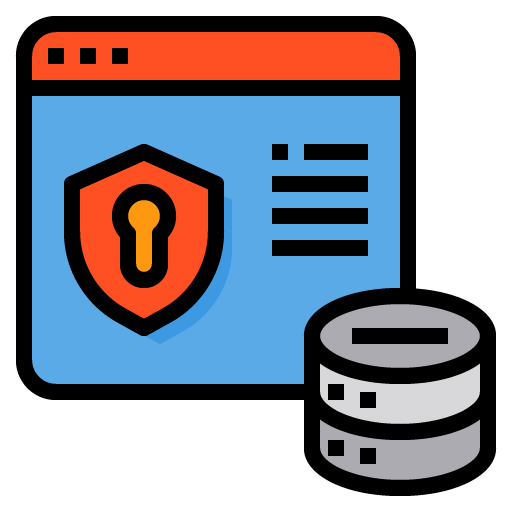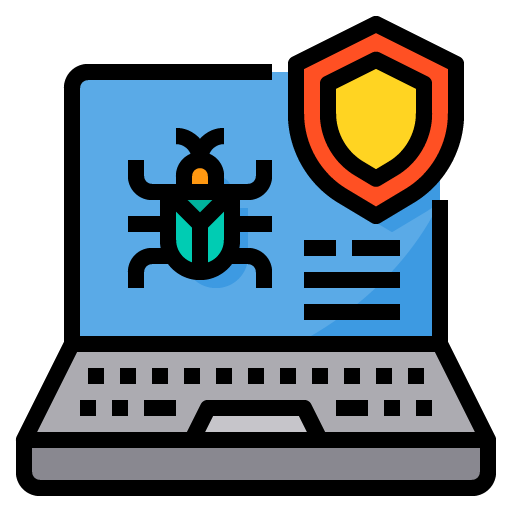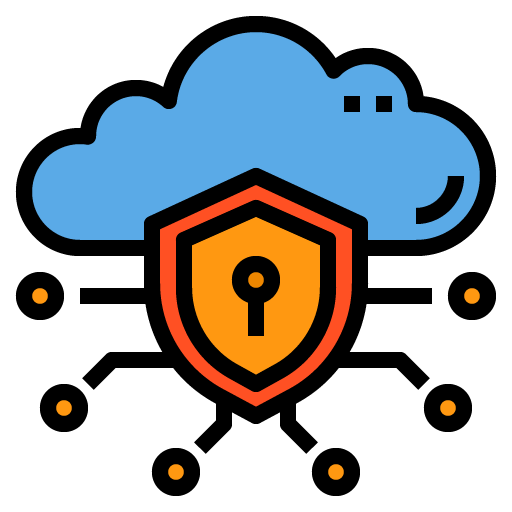Safe Is Important
Cybersecurity is the process of protecting systems, networks, and data from cyberattacks. This includes identifying and preventing cyberattacks, as well as addressing the impact if such attacks occur. It also includes managing cyber risks and developing appropriate security policies and practices to protect organizations from cyber threats. Some examples of cyberattacks include phishing, malware, and DDoS attacks.
If your business is experiencing a cyberattack, the impact can be devastating and varies depending on the type and scale of the attack. Some of the possible impacts include:
- Data loss: Cyberattacks can cause damage or loss of important data, such as customer information, business documents, or trade secrets.
- System downtime: Attacks can cause damage to the system or network causing downtime and reducing business productivity.
- Financial loss: An attack can cause immediate financial loss, such as losses from lost sales or system recovery costs, or indirect losses, such as reputational damage or fees charged by authorities.
- Legal risk: Businesses that can’t guarantee the security of customer data may have to face lawsuits.
- Risk Reputation: reputational losses incurred from cyberattacks can be detrimental to the business in the long run, due to lost consumer trust.
- Compliance risk: Businesses that cannot guarantee the security of customer data may have to face the risk of non-compliance with applicable regulations and industry standards.
- Difficult data recovery: cyberattacks that spread over a long period of time can cause permanent and irreversible data corruption.
In general, cyberattacks can cause significant harm to businesses, both financially and reputationally. It is therefore important to have a strong cybersecurity strategy and solution in place to prevent and deal with attacks in the event of an attack.
Cyber Security Products and Services
We provide products, services, and solutions for your cyber security needs
Network Security
Network security is an attempt to protect a computer network from attacks or unauthorized access. This includes protection against malware, hacking, and phishing attacks, as well as managing access to networks and user authentication. Some of the techniques used in network security include firewalls, encryption, and Virtual Private Networks (VPNs). By implementing good network security, organizations can protect sensitive information and prevent possible financial losses from network attacks.


Data Security
Data security is an effort to protect information stored in computer systems and networks from unauthorized access or damage. This includes protection against malware, hacking, and phishing attacks, as well as managing access to user data and authentication. Data security also includes processes to secure, store, and manage data to keep it private and undamaged. Some of the techniques used in data security are encryption, password management, and network activity monitoring.


Endpoint Device Security
Individual device security is an attempt to protect individual devices connected to a network from attacks or unauthorized access. This includes desktop computers, laptops, servers, mobile phones, and Internet of Things (IoT) devices. Individual device security includes protection against malware, hacking, and phishing attacks, as well as managing access to devices and user authentication.
Some of the solutions used in the security of individual devices are firewalls, anti-virus/anti-malware software, and threat detection systems. Some individual device security solutions also provide device activity monitoring, automatic updates, and device management features that allow network administrators to control access to devices and manage device configuration.


Cloud Security
Cloud security is an effort to protect data, applications, and infrastructure hosted in the cloud from attacks or unauthorized access. This includes protection against malware, hacking, and phishing attacks, as well as managing access to the cloud and user authentication.
Cloud security covers various aspects, ranging from encryption of data stored in the cloud, identity and access management, and protection from attacks originating from the internet. Cloud security also includes the physical aspects of the data center cloud provider and also cloud activity monitoring.
Some of the solutions used in cloud Security are Virtual Private Cloud (VPC), multi-factor authentication, and firewalls. Some cloud security solutions also provide cloud activity monitoring, automatic updates, and cloud management features that allow network administrators to control access to the cloud and manage cloud configuration.


